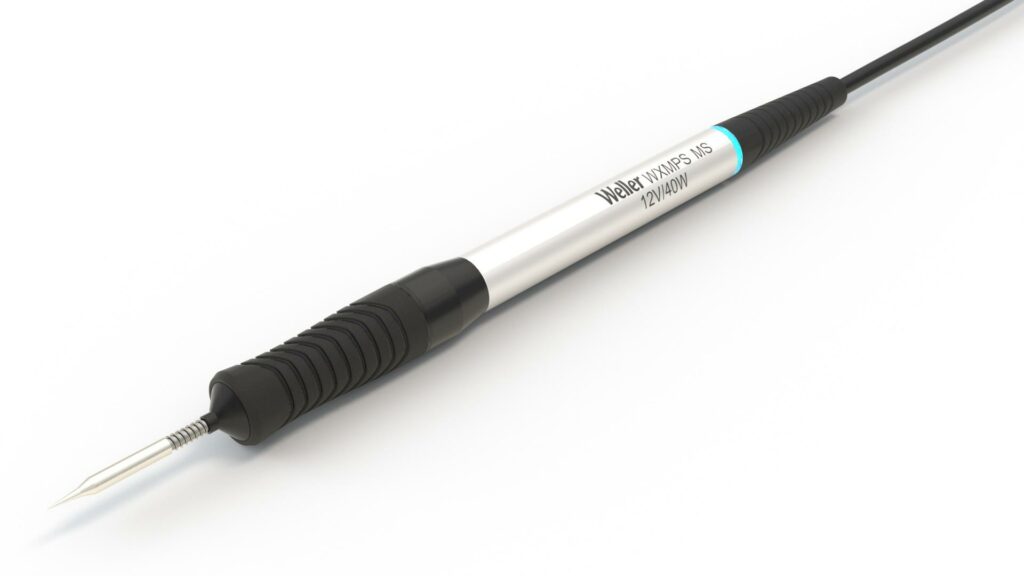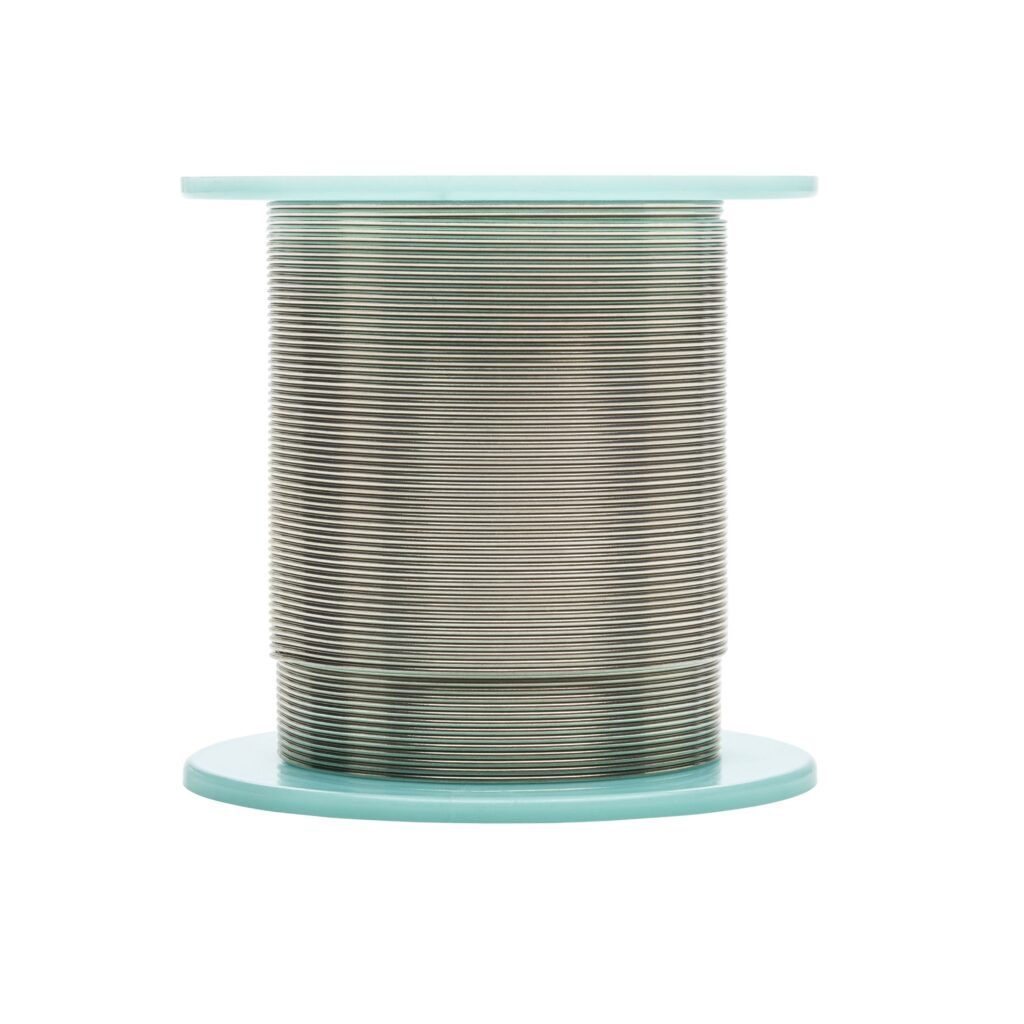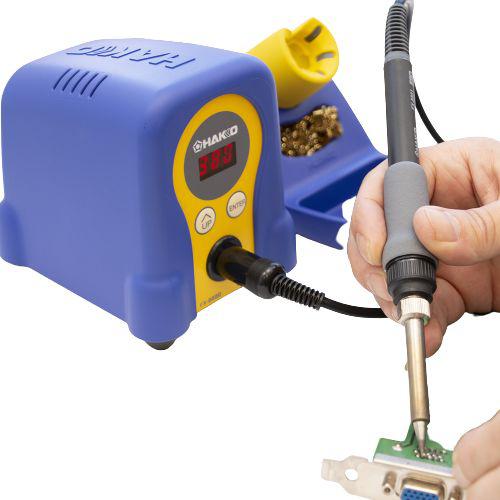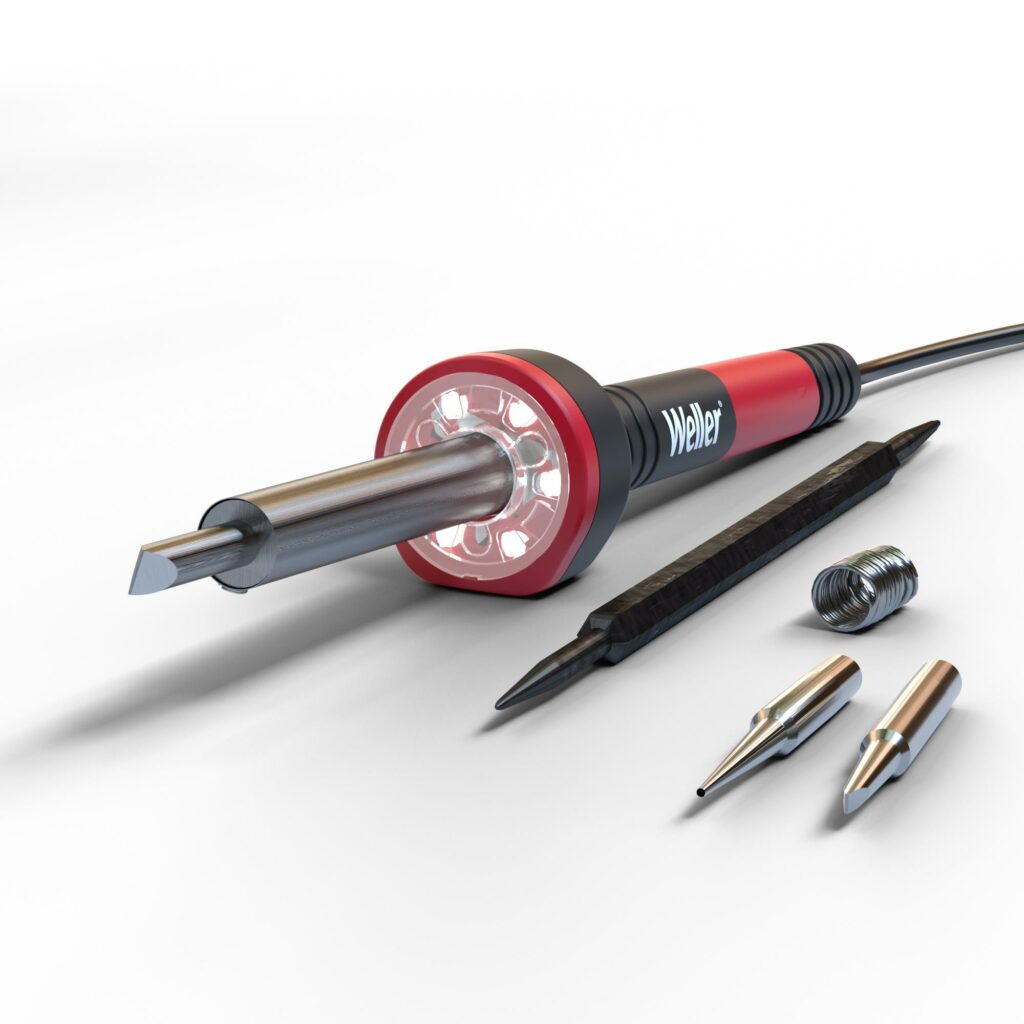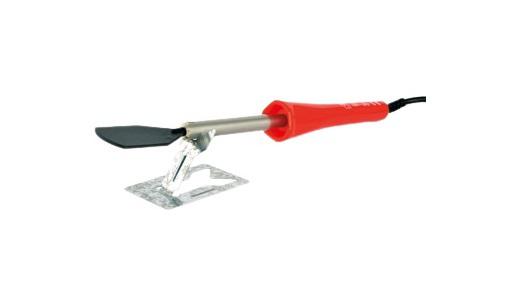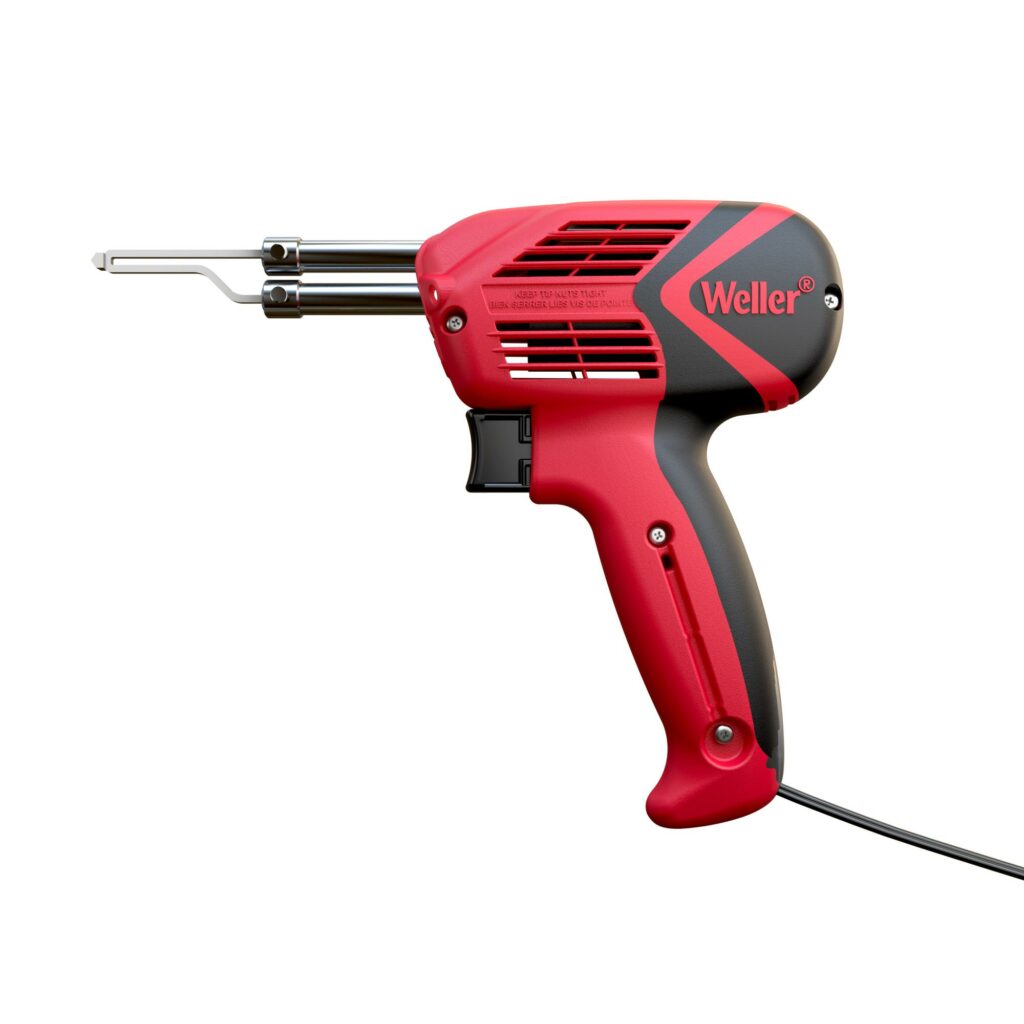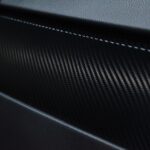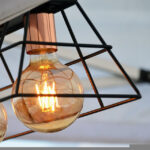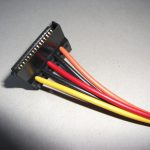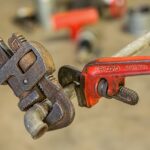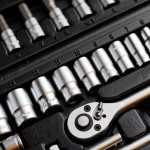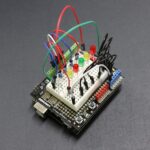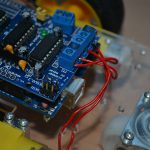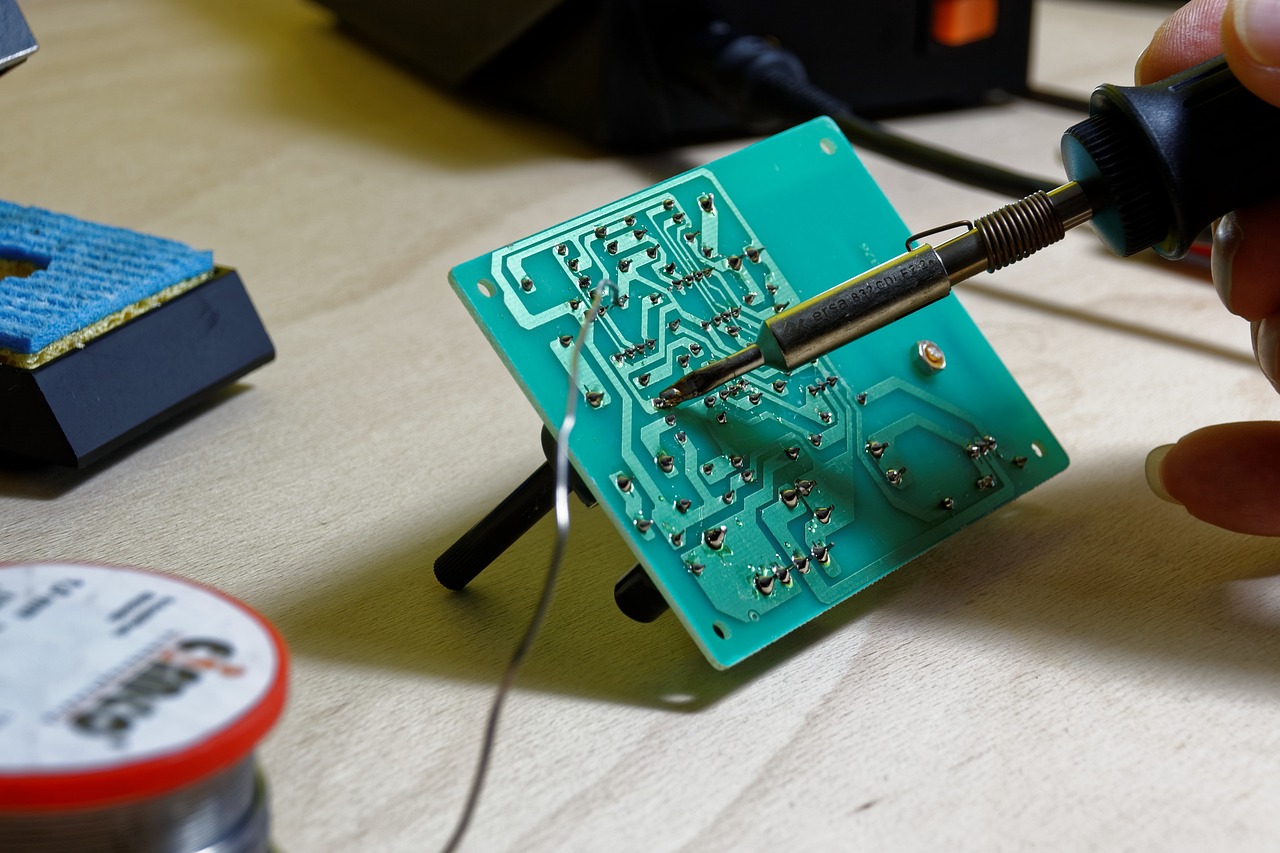
What is the definition of soldering?
Soldering is a method where a solder is used to complete the task, and basically, soldering is a process. So, the joining of two metal surfaces is called soldering. Soldering is a famous method used electrically or mechanically. It provides a strong and reliable connection which cannot be broken by other forces. The solder melts with a soldering iron, and flux is used for cleaning, or it helps to smooth the flow of heat or make a strong bond. In addition, hand soldering is one connection soldering at the same time. Likewise, when you want to solder electronics, then you need a soldering iron and wire solder either with flux core or without flux core.
Why is soldering iron vital for soldering?
A hand tool which is called soldering iron is used for soldering two metal surfaces together. A soldering iron is a very beneficial part of it and it has a metal tip it helps to perform the task. The tip of the iron helps to transfer the heat properly and has a thermal conductor. In addition, it also provides better control over the temperature or heat. Likewise, a soldering iron is a plug-in wall, and a soldering station provides more control over temperature or heat.
What are the types of solder?
There are many types of soldiers, and you can choose the type of soldier according to your need. Here are some types of solder.
- Lead- or lead-free solder is a mixture of metals and provides more reliable results. Lead is a combination of the tin, and it helps to make the procedure faster or easier. It is also an eco-friendly method because of tin or silver.
- The diameter of the solder wire is a vital decision because the wire must be thicker than 2mm in diameter or higher. The thinner wire is electronic wires from 1.5mm down to 1/2mm or can be less. It is very important to choose the right diameter for the solderings.
- Flux core is a part of soldering because flux provides more convenient and efficient work. Flux is used for cleaning the tip of the iron and is very helpful for solderings.
The procedure of how do I solder?
The procedure is very easy to understand and widely used in many industries. Here are some steps of solderings.
- All the surfaces to be soldered have to be clean.
- It is a good decision to use lead-based solder and turn on the soldering iron after that at the temperature of the iron.
- Hold the tip for a second, it is very helpful for soldering.
- Now allow the solder to build a strong connection.
- Now make sure that the connection is reliable and provides full coverage.
- Trim the lead if it is necessary; otherwise, it will destroy the connection.
- If you are using some kind of flux, then always wash your hands after soldering and also clean the area with flux remover.
How to set a soldering iron?
Appropriate setting of the solder is more important because it directly affects the connections.600-650F is a good point to start a lead-based solder, and 650-700F is good for lead-free solder. Excessive heat is not good for it because it can damage the components also; therefore, accuracy is vital.
Best Soldering Tip for PBC Repair Job
Choosing the proper size of the tip is essential for the connection because if you choose the too-large tip, then it will slow down the heat recovery. So, if you are reheating the tip, then it will be a risk of interfacing with other components or contact. Therefore, if you choose too small a tip, then it can increase the thermal strength of the components. So, soldering tips are available in all sizes and shapes.
The Pointed or Conical Tip is Better for Connections
A pointed tip has a point or round the flat area as it reflects its name. So, it can become available in the size of 0.1mm to 1mm or larger. Therefore, if you want more accuracy, then a pointed tip will be used for the best results for the components. In addition, it helps to improve heat recovery and also helps to avoid interfering with other components or contact areas.
Another Form of the Tip is a Blade or Knife
When you want to drag the solderings for multiple contact pads, then a blade or Kinfe tip can be used for this purpose. It is usually used when you are solderings for SMT components. The size can measure according to the size of the blade.
Chisel and Screwdriver are Also Famous Forms of the Tip
Chisel and screwdriver tip is commonly used for thru-hole solder joints, and it is used to heat the larger contact area. So, length can be bent like a conical tip, and size can be specified according to the length of the flat area. So, the thickness of the tip also differed according to the components.
The Bevel Tip is an Oval Shape Tip
The bevel tip can be set at an angle and has a flat oval tip. It has a metal rod which is a cross-section at an angle. The range of the bevel is 1mm to 4mm or larger. The size of the tip is selected by the diameter of the rod or shaft.
Flow Tip Helps to Do a Task Perfectly
The flow tip is similar to the beveled tip, and it has a similar design to a beveled tip, but the flat area is a little bit different. So, it is like a cup shape and is also called a mini wave tip. Therefore, it is used for drag soldering.
Take Some Precautions During Soldering
As we all know, it depends upon electricity and heat. Therefore, it is necessary to heat the soldering iron at a specific heat. Although high temperatures allow one to do a task more efficiently, it is riskier and not good for the component. The highest temperature is 750F, and some solder stations can go up to 900F.
The Method of Cleaning a Soldering Iron
There is a sponge or brass brillo pad for cleaning the soldering iron. So, the solder tip has to be clean because there is an excess of flux that can cause many problems like it as not good for the joints or connections. Therefore, always choose good quality and accurate tools for cleaning the soldering iron. So, choose a natural cellulose sponge and use clean DI water. Likewise do not use tap water and squeeze a sponge after use because too much water increases thermal stress.






